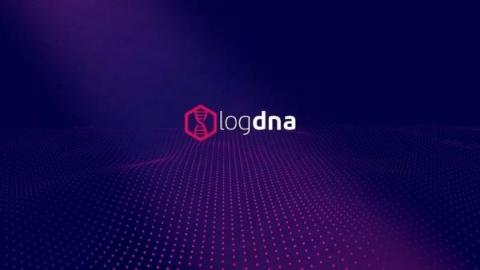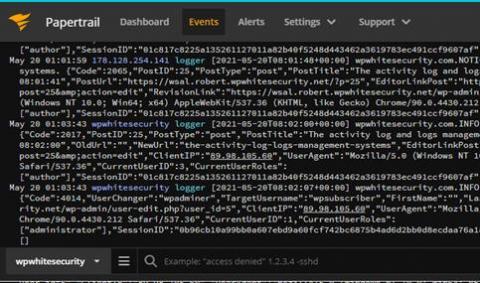PE Metrics in Splunk: Puppet Report Viewer 3.1
A number of improvements have been made to the Puppet Report Viewer add-on for Splunk since it was initially released. The most notable changes added in version 3.1 of the add-on are the tracked metrics, allowing for better troubleshooting of performance issues in your Puppet installation.










